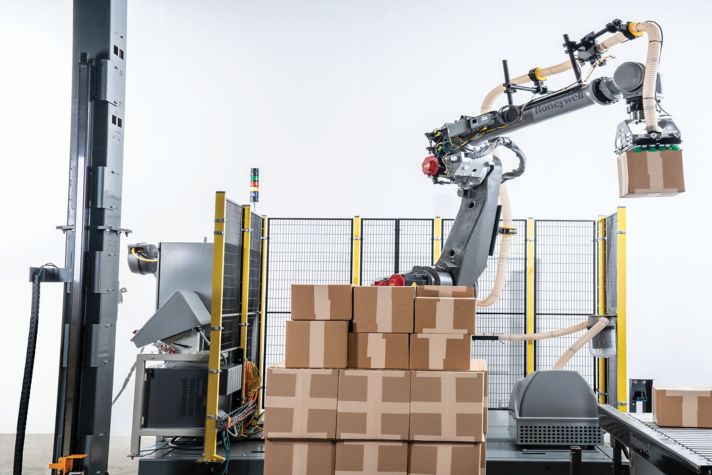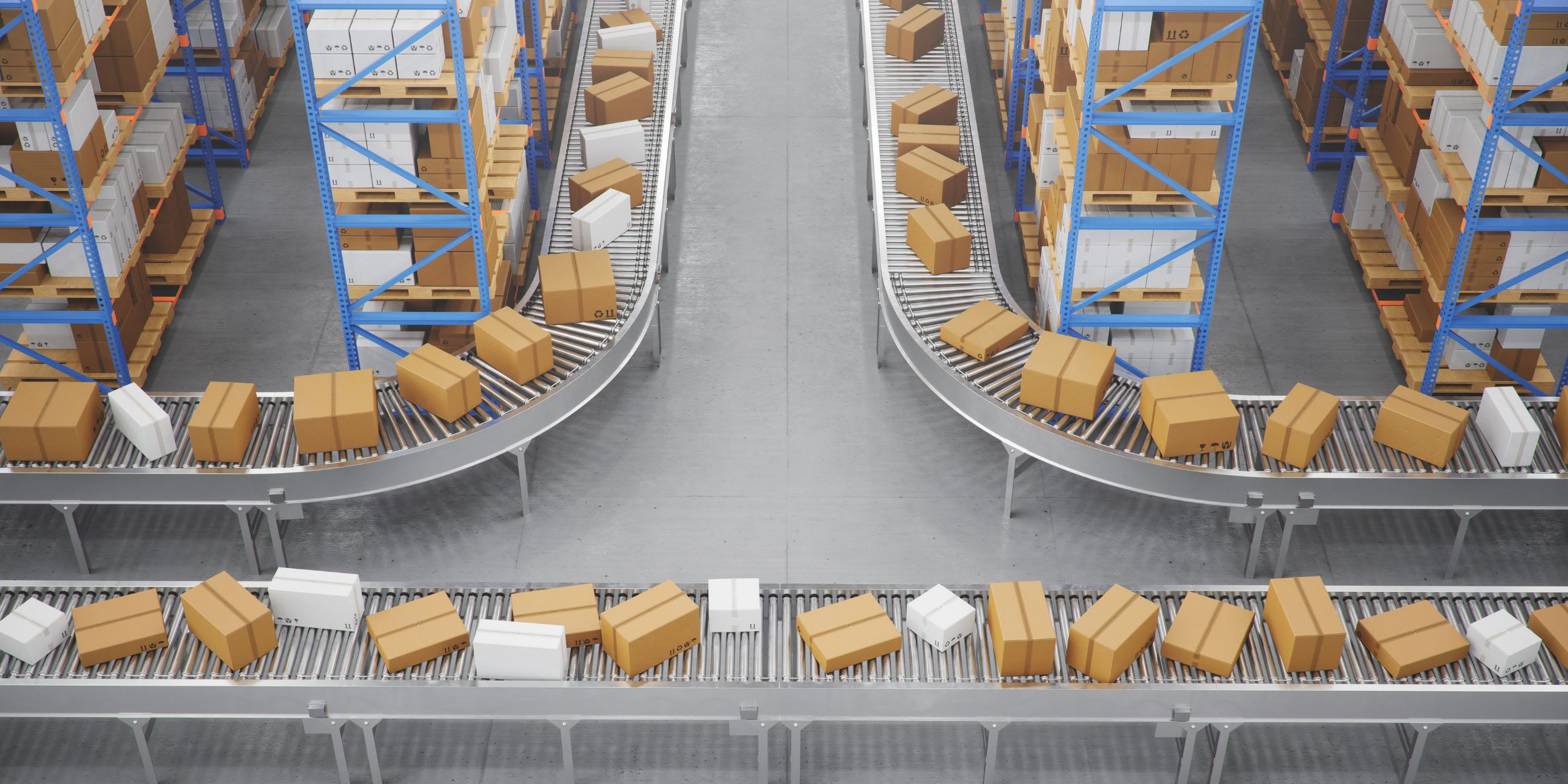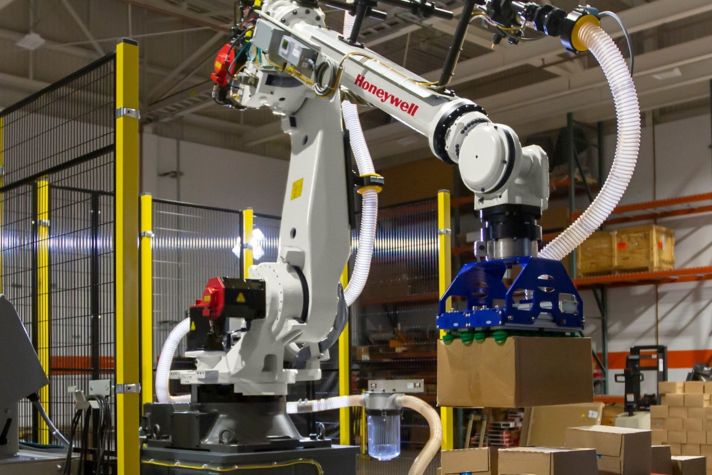-
Global
-
Africa
-
Asia Pacific
-
Europe
-
Latin America
-
Middle East
-
North America
- |
- BUSINESSES
- |
- Contact
- |
-
Global
-
Africa
-
Asia Pacific
-
Europe
-
Latin America
-
Middle East
-
North America
- |
- BUSINESSES
- |
- Contact
- |
You are browsing the product catalog for
You are viewing the overview and resources for
- News
- Why the Last Mile of a Delivery Matters Most
Why the Last Mile of a Delivery Matters Most
The final mile of an online order's journey is the most important – and the most challenging.
October 21, 2019
Your package has been delivered.
Those exciting words mean you can check the front porch or parcel locker to get your new shoes, rug, charger or other item you ordered online.
Just before you got that notification, your package went on one of the most challenging parts of its shipping journey: The last mile.
That final mile “is complex and resource-intense,” said our logistics expert Justine Clark, who has worked in supply chain for more than a decade.
Here’s why it’s important and what makes it so challenging:
Delivery reflects customer service
The final delivery is one of the last points where the company interacts with the customer.
At that moment, the company needs to deliver (literally) on its promise.
If the delivery is bad -- the item is broken or delivered to the wrong place -- that can result in an angry Tweet and a lost customer.
Companies are looking for ways to add value in that critical delivery moment.
Retailers and ecommerce businesses are looking to add services, like the delivery person waiting for a customer to try on shoes and taking them back if the shoes do not fit or the item isn't perfect. The person who delivers can process a return and refund on the doorstep and take the faulty item away.
The last mile is expensive
The infrastructure to deliver to the last mile is costly. Shipping companies must pay for depots, vehicle fleets, IT, back-end systems and wages for delivery drivers.
If the delivery fails the first time for any reason – the customer is not home or the driver could not find the address, the cost doubles as the company must pay for delivery again, doubling the cost, Justine said.
More manpower is needed especially during peak holiday season when package volume increases.
This year, UPS said it plans to hire about 100,000 seasonal workers to handle the surge in packages from November through January.
People want more delivery options
Customers want more possibilities to where they can pick up their package: parcel lockers, the trunk of the car, just inside their door or maybe in a shed.
People also want the option to reschedule the delivery if they won’t be home.
“We expect everything to be delivered when and where it’s convenient for us,” Justine said.
But those options add another layer of complexity to delivering the last mile.
The future of the last mile
Delivering packages, the first time – every time – means not only happier customers, but also reduced costs for businesses, Justine said.
She predicts the future of last-mile delivery will focus even more on the customer expectation and companies will use analytics to guarantee accuracy and more personalized experiences.
“Effectively there should be no excuse for a failed delivery,” she said.
Copyright © 2025 Honeywell International Inc.




